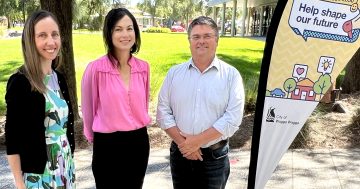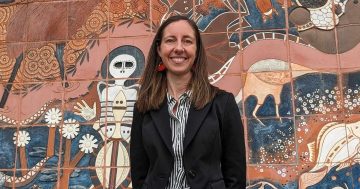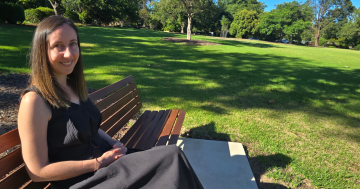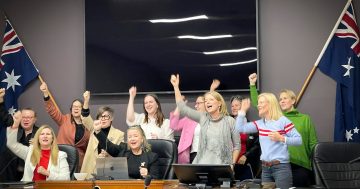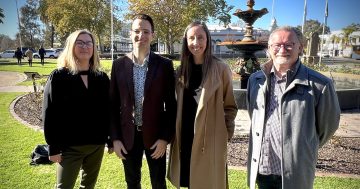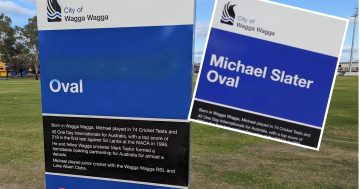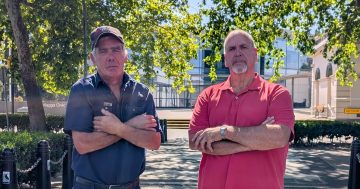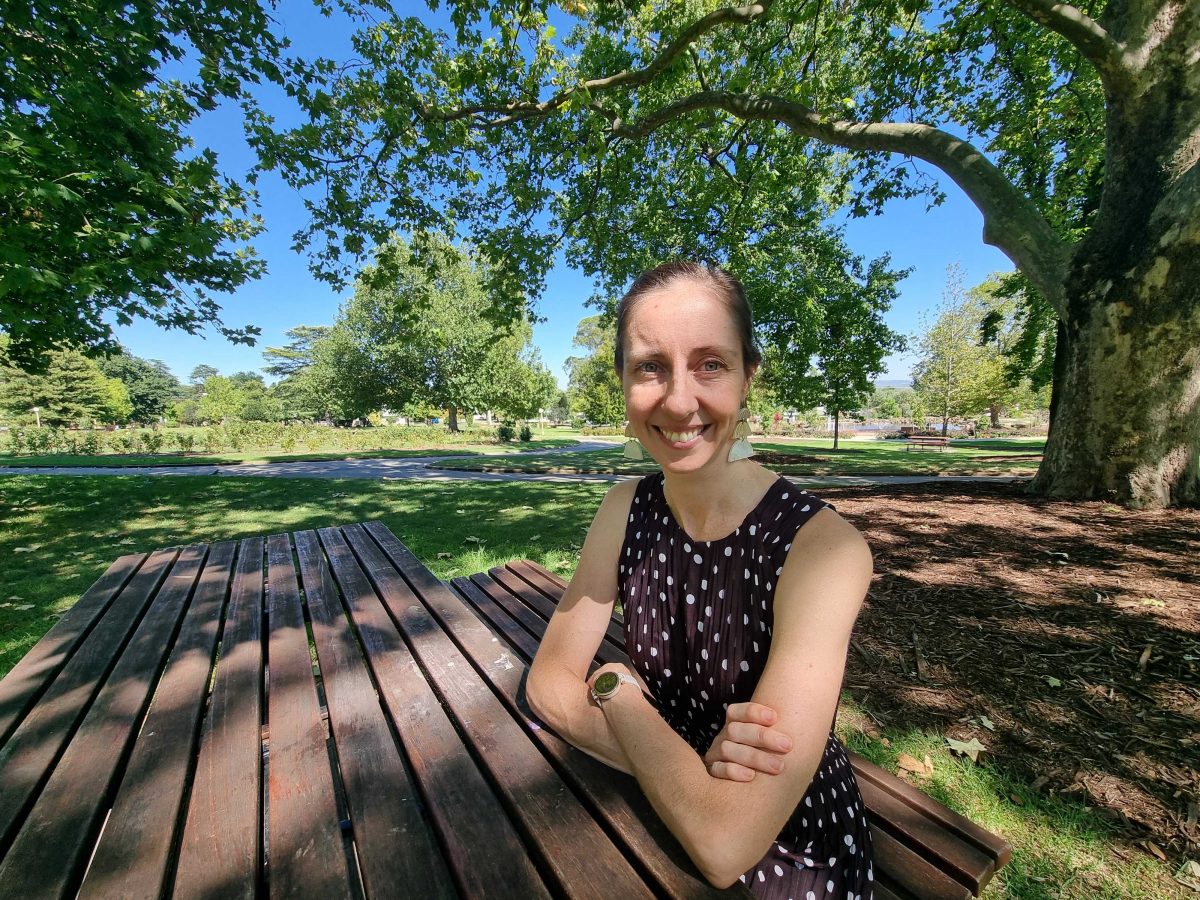
Wagga Wagga City Councillor Amelia Parkins at one of her favourite places in the city – the Botanic Gardens. Photo: Shri Gayathirie Rajen.
We all have opinions on our local council and what they have or haven’t got right, but how well do you know the men and women elected to represent their community in local government? In this series, Region Riverina speaks to Wagga Wagga City Councillors to find out what makes them tick.
Who is Amelia Parkins?
I am a mum to a four-year-old and two dogs (a golden retriever and a chocolate labrador). I’m trained as an architect specialising in heritage conservation. I play hockey and like to draw, knit or crochet when I need time out. I’m also in two book clubs.
I was born in Sydney, and my parents moved to Wagga when I was about six months old. The family moved to Byron Bay when I was in primary school, and later, I moved to Sydney for university. After two years of university, I moved back to Wagga and then went back to Sydney for uni and then moved back to Wagga and went back to Sydney to finish university. I did three degrees [Bachelor of Design in Architecture, Master of Architecture and Master of Heritage Conservation], kept boomeranging back to Wagga, and worked in Sydney for a few years.
I worked at a council in Sydney in their strategic planning team. I was in charge of the heritage group, mainly heritage strategic planning and assessing development applications. I did construction management and project management for the state government, and now I’m working on bushfire grant funding.
I moved back to Wagga permanently about eight years ago.
What made you get into local government?
I think fundamentally to serve the community and do what is best. Everyone’s got a lot of opinions on how things should or could be done better, so this is one way to get in there (local government) and try and make some positive changes.
How have the past 12 months been on the council?
The respect, collaboration and support of fellow councillors have been really pleasing. The last 12 months have been challenging. We are tasked with making decisions on diverse topics that will often impact the community. It has also been rewarding. I have learnt a lot. I have grown a lot, and the last 12 months have gone really quickly!
What’s been your biggest achievement so far?
I am very pleased that council is starting to look at some of our strategic planning documents.
What are your priorities for 2023?
Maintain the momentum of preparing our strategic documents and make sure that we have the right processes in place so that these documents that set out the vision for our city are distilled into documents used on a day-to-day basis by staff and the community. For example, make sure the high-level documents are accessible. Investigate opportunities for collaboration and partnerships between council, different levels of government, community groups and private organisations. And establish a meaningful process for community participation and consultation.
Is there anything different you’d like to see on the council?
I want us to set the strategic direction and vision for Wagga. I don’t want the future of Wagga to be dictated by developers, who, for the most part, don’t live here and don’t have community benefit or interest at heart. I want the community to be part of this journey.
What’s your vision for Wagga?
I want to reinstate a sense of community that regional towns are well known for: ‘it takes a village’. I worry we have lost our village. We have lost a sense of place and community, and I want us to rediscover it.
Council has an opportunity to foster a sense of place and community through its development controls. I would love to see some drastic measures taken to activate strategic locations in and around Wagga.
I am looking forward to seeing what comes from the CBD Masterplan and Housing Strategy, but in my vision for Wagga, we would have part of the main street closed to vehicles and make it pedestrian-only. There would be shop-top housing and multiple multistorey carparking stations.
All of these actions would encourage people into the CBD, would activate the main street during the day but also enhance the night-time economy. It would make the main street safer in the evenings, provide activities and safe places for youth to gather, and address some of our housing issues.







